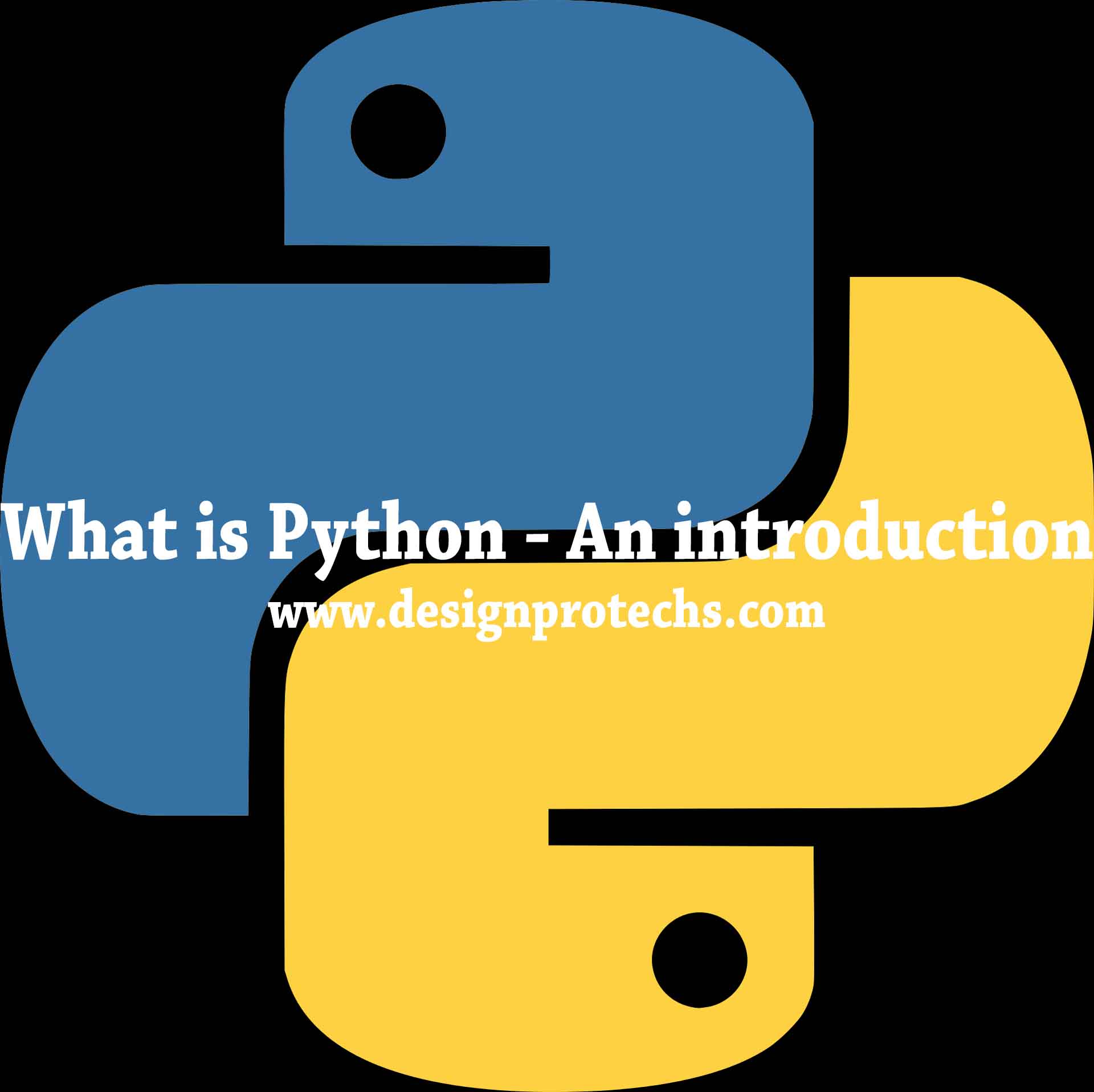In this tutorial, we will discuss the high-level language Python. Do you know what is this language or programming? What is the year of its origin? So, here is the discussion about what is Python – an introduction to the programming language which the programmers all over the world are using.
What is Python – An Introduction
Python is an object-oriented, general-purpose. powerful, easy to learn, programming language. It is also a high-level programming language. Guido van Rossum in 1989, at the National Research Institute for Mathematics and Computer Science in the Netherlands and early 90s in CWI, developed the language.
Being a huge fan of the British Television Comedy series in the 70’s “Flying Circus” by Monty Python, he named the software Python, which is the successor of ABC Language.
It is the general purpose language which, you can find almost anywhere today. With the help of Python, one can create web applications, desktop applications, network servers, machine learning, media tools and more.
Programmers use this language in Artificial Intelligence, Natural language, Neural network and other advanced fields of computer sciences. Its source code is also available under GNU(General public License)
Python is readable, well-structured programming language. Python-based web development framework Django and flask have been gaining more and more popularity. It is heavily equipped with quality machine learning and data analysis libraries like Sciki-Learn and Pandas.
Features of Python
Now, let us talk about the features of Python.
- First of all, it is Easy to Learn, in comparison to languages such as C, C++, Java and, C# (C Sharp). Therefore, it is rather easy and simple to read and write.
- Secondly, it is Free and open source Since it is freely available, the user can easily change its code, when and according to his need.
- Furthermore, it is Object-oriented, as a result, supports object-oriented programming concepts. Everything in this is an object. OOPs, or Object-oriented programming helps us solve the complex problems.
- In addition to, it is Extensible – This is an extensible language, meaning, that, if the user writes a piece of the program in C, C++ or, Java, he or she can easily combine it with Python.
- And, it is Interpreter – It supports Interpreter. As a result, you need not compile it. The interpreter executes the source-code line by line.
- Also, it is Portable – It is a portable language. If you want to run a code in Windows Operating System or Linux operating system or Unix operating system, you don’t need to make any changes in it. You can take one code and run it on any machine, be it Unix, Linux, Mac OS or, Windows.
- Another feature is the Standard Library. It also supports standard Libraries, so you don’t need to write your own code, for everything. There is a library for databases, searching text with regular expressions, reading and modifying the files.
- Another most noteworthy feature is, it is High-Level Language. It is a high-level language. You need not remember the system architecture and memory. This makes it, programmer-friendly.
- Finally, it is Dynamically Typed – Python is dynamically typed.







easy to learn, programming language